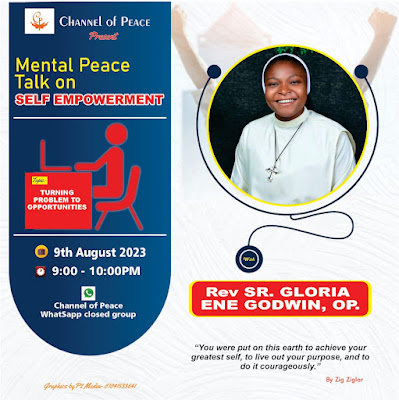BULIMIA
Tochukwu Ikenna Uduh
What Is Bulimia?
Bulimia is a psychological eating disorder in which you have episodes of binge eating (consuming a large quantity of food in one sitting). During these binges, you have no sense of control over your eating. Afterward, you try inappropriate ways to lose weight such as;Vomiting, Fasting, Enemas,Excessive use of laxatives and diuretics, Compulsive exercising
Bulimia, also called bulimia nervosa, tends to start in late childhood or early adulthood. You usually binge and purge in secret. You feel disgusted and ashamed when you binge, and relieved once you purge.
People with bulimia usually weigh within the normal range for their age and height. But they may fear gaining weight, want to lose weight, and feel very dissatisfied with their bodies.
What Are the Causes and Risk Factors for Bulimia?
We don’t know the exact cause of bulimia. But research suggests that a mixture of certain personality traits, emotions, and thinking patterns, as well as biological and environmental factors, might be responsible. Researchers believe this eating disorder may begin with dissatisfaction with your body and extreme concern with your size and shape. Usually, you have low self-esteem and fear becoming overweight. The fact that bulimia tends to run in families also suggests that you might inherit a risk for the disorder.
Other risk factors include: Being female, Depression and anxiety disorders, Substance use disorders, Traumatic events, Stress, Frequent dieting.
What Are Symptoms of Bulimia?
Different people may have different symptoms of bulimia. You may notice changes in both your body and your behavior. Unlike the eating disorder anorexia, someone with bulimia may not lose a lot of weight, so it can be harder to tell what’s going on. Physical symptoms of bulimia can include: Dental problems, Sore throat, Swollen glands in your neck and face, Heartburn, indigestion, bloating, Irregular periods, Weakness, exhaustion, bloodshot eyes, Calluses on your knuckles or backs of your hands from making yourself vomit, Gaining and losing weight often. Your weight is usually in the normal range, but you may be overweight, Dizziness or fainting, Feeling cold all the time, Sleep problems, Dry skin, and dry and brittle nails.
Behavioral symptoms of bulimia may include:
Eating uncontrollably, followed by purging. The National Institutes of Health says you have bulimia if you do this at least twice a week for 3 months.
Hoarding or stealing food
Food rituals, like eating only a certain food, chewing more than necessary, or not allowing foods to touch
Skipping meals or eating only small portions during meals
Feeling out of control
Vomiting or abusing laxatives, diuretics, enemas, or other medications to try to lose weight
Using the bathroom frequently after meals
Excessive exercising
Preoccupation with body weigh. Your thoughts about body weight and shape even determine how you feel overall.
Depression or mood swings
Drinking large amounts of water or calorie-free beverages
Often using mints, gum, or mouthwash
Avoiding friends and activities you used to enjoy
COMPLICATIONS OF BULIMIA
Possible complications include: Negative self-esteem and problems with relationships and social functioning. Dehydration, which can lead to major medical problems, such as kidney failure. Heart problems, such as an irregular heartbeat or heart failure, Chronic sore throat, Indigestion, heartburn, or acid reflux,Constipation, diarrhea, or other problems with bowel movements, Osteoporosis,Infertility in men and women
PREVENTION
Try to avoid talking about your weight.
Be mindful of your triggers and steer clear of them; examples may include social media or fashion magazines, certain interactions with highly critical people in your life, etc. It is different for everyone, but it is important to be mindful if certain experiences lead you to be more likely to binge or purge.
Focus less on your weight and more on maintaining a healthy lifestyle.
Avoid unhealthy weight-control measures, such as fasting, laxatives, or supplements.
Talk to your doctor if you have any early signs or symptoms of bulimia.
Seek treatment for underlying conditions, such as depression.
Ask a loved one for support.
Educate yourself about unrealistic body expectations portrayed by the media.
Talk to friends or family members if you think they have food issues







-2.png)









